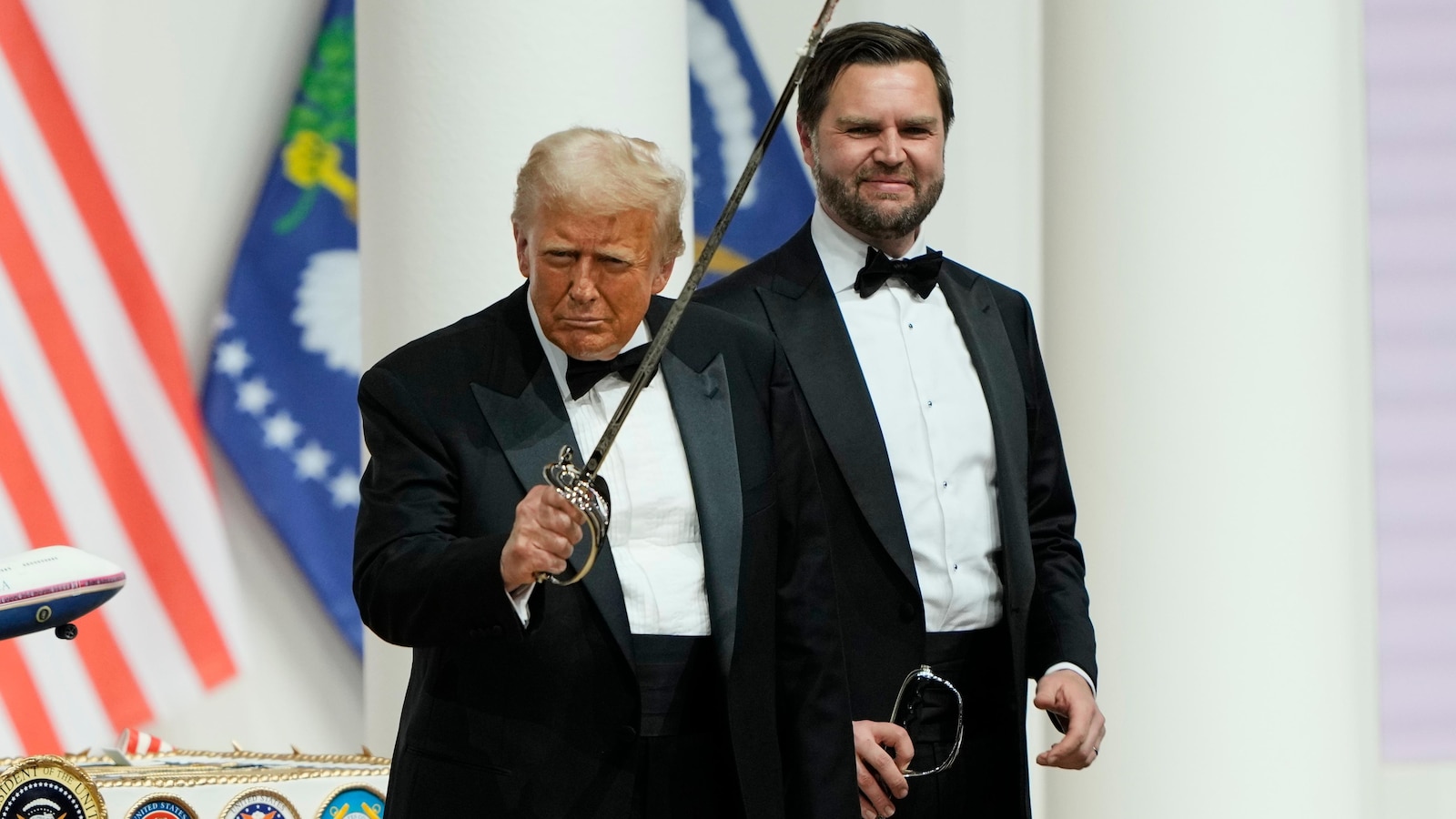Unpacking the Algorithm: How Social Media Follows Reflect Political Affiliations
In the digital age, social media has become a potent tool for political engagement, shaping not only our perceptions but also our affiliations. As we navigate platforms like Facebook, Twitter, and Instagram, we often find ourselves auto-following political figures or content that resonates with our beliefs. This phenomenon can largely be attributed to the intricate algorithms that govern these platforms. In this article, we’ll unpack the algorithm and explore why your social media follows may mirror your political affiliations.
The Role of Algorithms in Social Media
Social media algorithms are designed to curate content that users are most likely to engage with. They analyze past interactions—likes, shares, comments, and even the time spent on specific posts—to tailor an experience that keeps users coming back for more. While this personalization enhances user experience, it also creates echo chambers, reinforcing existing beliefs and political affiliations.
Algorithms function as gatekeepers, determining which content is visible to users. When a user engages with a particular political post, the algorithm takes note and prioritizes similar content, leading to a snowball effect of political reinforcement. This process raises crucial questions about user autonomy and the diversity of perspectives encountered online.
The Connection Between Social Media Follows and Political Affiliation
When we analyze the relationship between social media follows and political affiliations, several factors come into play:
- Engagement Patterns: Users who frequently engage with conservative or liberal content are more likely to see similar content in their feeds, leading to auto-following of figures like Donald Trump or J.D. Vance.
- Peer Influence: Social media is inherently social. If friends or family members follow certain political figures, users may feel inclined to do the same, further aligning their online presence with their political beliefs.
- Confirmation Bias: People tend to seek out information that confirms their existing beliefs. Social media platforms facilitate this by promoting content that aligns with users’ past interactions, leading to an auto-following behavior that mirrors their political views.
Echo Chambers and Political Polarization
One of the most significant consequences of algorithm-driven content curation is the creation of echo chambers. These are environments where individuals are only exposed to information and opinions that reinforce their existing beliefs. As users engage more with content that aligns with their political affiliations, the algorithm becomes increasingly adept at delivering similar content, effectively isolating them from opposing viewpoints.
This phenomenon has serious implications for political polarization. When individuals are not exposed to diverse perspectives, their understanding of political issues becomes narrow, further entrenching their beliefs. This is particularly concerning in an era where misinformation can spread rapidly, often unchecked by varying viewpoints.
The Mechanics of Auto-Following Political Figures
Understanding the mechanics behind auto-following is vital to grasp how social media algorithms function. Here’s a closer look:
- User Behavior Tracking: Social media platforms track user interactions meticulously. Every like, comment, and share is recorded, allowing algorithms to predict what content a user will engage with next.
- Content Recommendations: When a user interacts with a political post, the algorithm may recommend similar posts or accounts to follow, leading to a gradual increase in political figures in their feed.
- Trending Topics: Algorithms often promote trending topics, which can include political discussions. If a particular political figure is trending, users who interact with that content may find themselves auto-following related accounts.
Strategies to Diversify Your Feed
While algorithms play a significant role in shaping your social media experience, being proactive can help diversify your feed. Here are some strategies:
- Follow Diverse Accounts: Make a conscious effort to follow accounts that represent a variety of political perspectives, ensuring a balanced view of issues.
- Engage with Varied Content: Actively like and share posts from different political affiliations to signal the algorithm to diversify your feed.
- Curate Your Feed: Regularly review and adjust your follow list to ensure it reflects a wide range of political thought.
The Future of Political Engagement on Social Media
As social media continues to evolve, so too will the algorithms that dictate what users see. The future of political engagement on these platforms hinges on several factors:
- Transparency in Algorithms: Advocates are calling for greater transparency from social media companies regarding how algorithms function. Understanding these mechanisms can empower users to take control of their online experiences.
- Combating Misinformation: Social media platforms are under increasing pressure to combat misinformation. This could lead to changes in how algorithms prioritize content, potentially broadening users’ exposure to diverse viewpoints.
- Encouraging Healthy Discourse: Platforms may implement features that promote respectful dialogue among users with differing opinions, fostering a healthier political discourse.
Conclusion
In conclusion, social media algorithms play a crucial role in shaping our political engagement, often leading to auto-following behaviors that mirror our affiliations. As users, it’s vital to understand how these algorithms operate and the implications they have on our political perspectives. By being proactive in curating our feeds and seeking out diverse viewpoints, we can break free from echo chambers and foster a more balanced understanding of the political landscape.
Ultimately, the responsibility lies not only with social media platforms but also with users themselves to engage thoughtfully and critically with the information presented to them. The digital sphere offers an unprecedented opportunity for political engagement—let’s use it wisely.
See more Future Tech Daily

